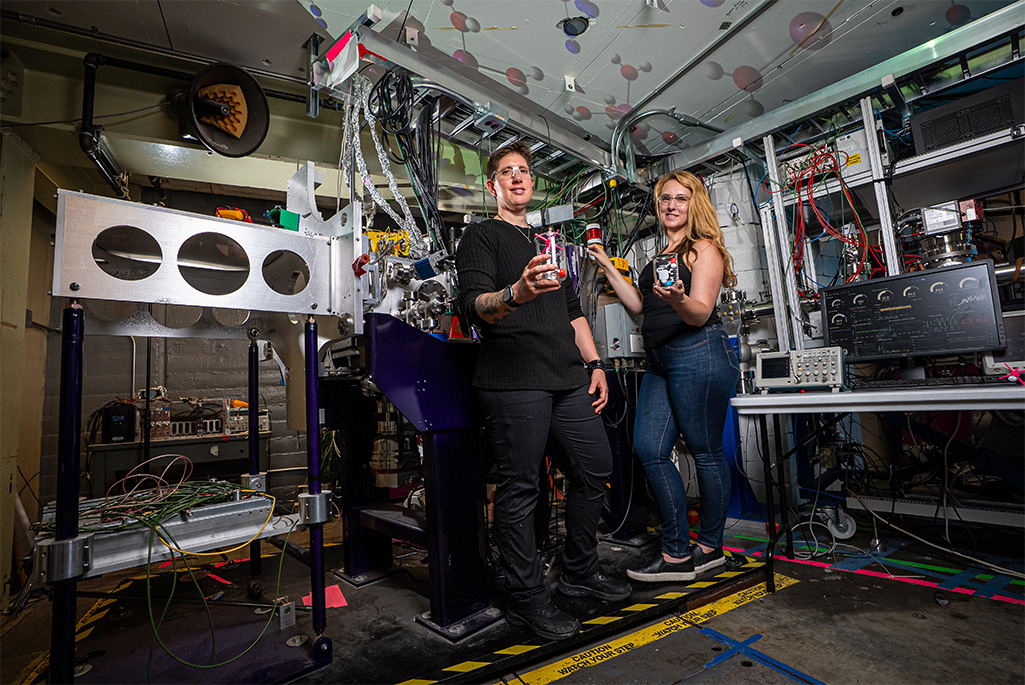“The electrons behave very differently in elements where you have these large relativistic effects, and the effect is expected to be even stronger in the superheavy elements,” Pore said. “This is why they might potentially not be in the right place on the periodic table.”
There are also practical applications, particularly in improving radioactive isotopes used in medical treatment. One of great interest is an isotope of actinium (actinium-225), which has shown promising results in treating certain metastatic cancers. However, the isotope is difficult to make and only available in small quantities every year, limiting access for clinical trials and treatment. Scientists are just beginning to understand its chemistry.
“People have been forced to skip the fundamental chemistry step to figure out how to get it into patients,” said Pore. “But if we could understand the chemistry of these radioactive elements better, we might have an easier time producing the specific molecules needed for cancer treatment.”
This work included collaboration between Berkeley Lab’s Nuclear Science Division and Chemical Sciences Division, and was funded in part by DOE’s Nuclear Physics, Basic Energy Sciences, and Laboratory Directed Research and Development (LDRD) programs.
###
Lawrence Berkeley National Laboratory (Berkeley Lab) is committed to groundbreaking research focused on discovery science and solutions for abundant and reliable energy supplies. The lab’s expertise spans materials, chemistry, physics, biology, earth and environmental science, mathematics, and computing. Researchers from around the world rely on the lab’s world-class scientific facilities for their own pioneering research. Founded in 1931 on the belief that the biggest problems are best addressed by teams, Berkeley Lab and its scientists have been recognized with 16 Nobel Prizes. Berkeley Lab is a multiprogram national laboratory managed by the University of California for the U.S. Department of Energy’s Office of Science.
DOE’s Office of Science is the single largest supporter of basic research in the physical sciences in the United States, and is working to address some of the most pressing challenges of our time. For more information, please visit energy.gov/science.
